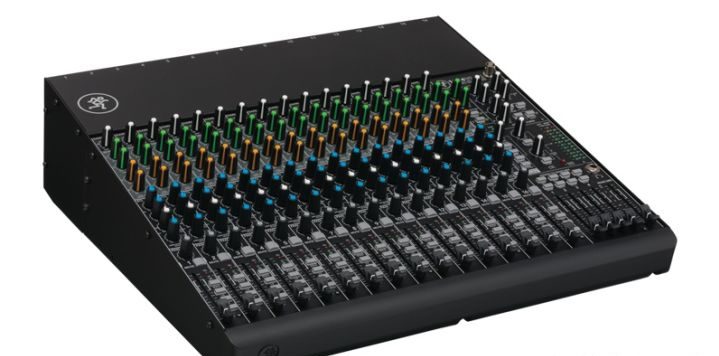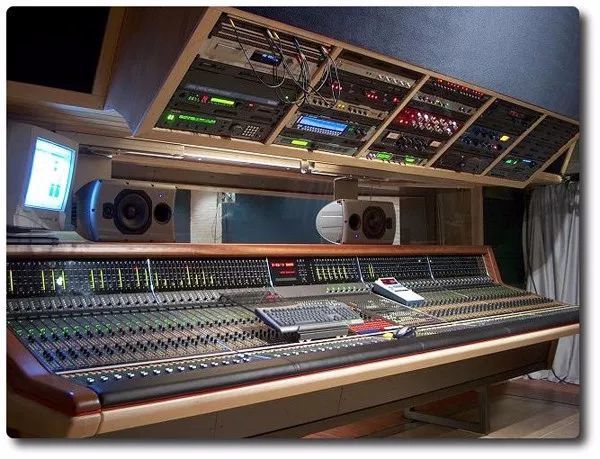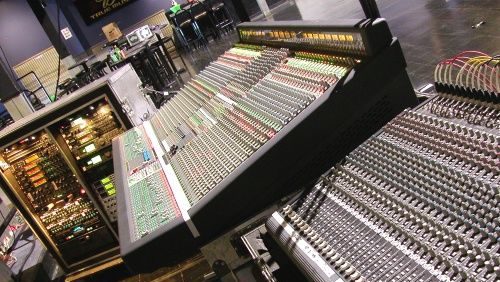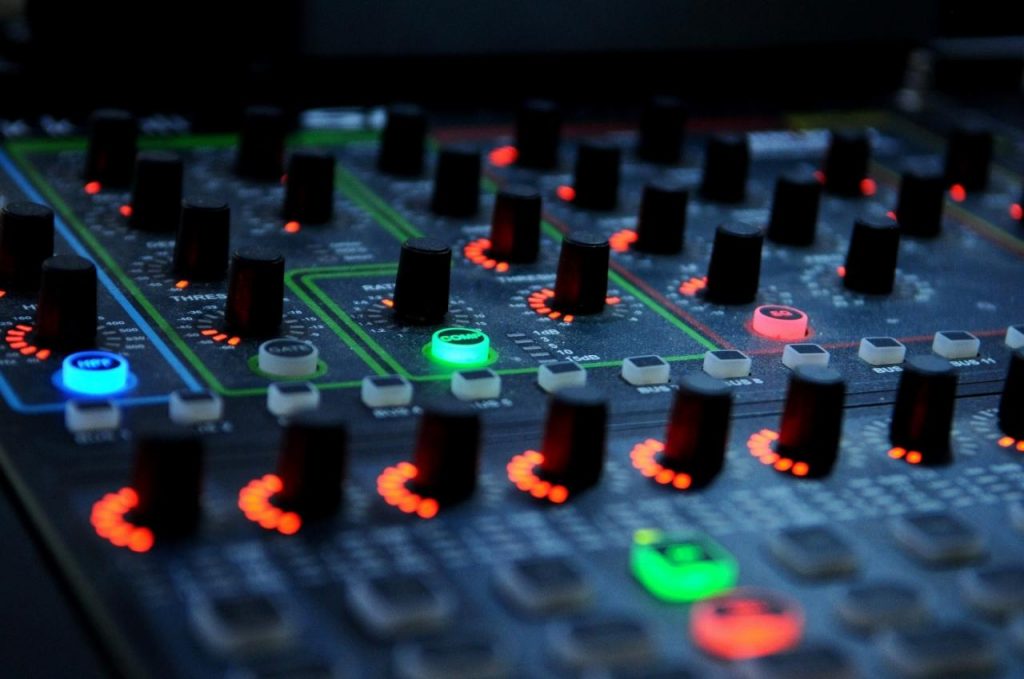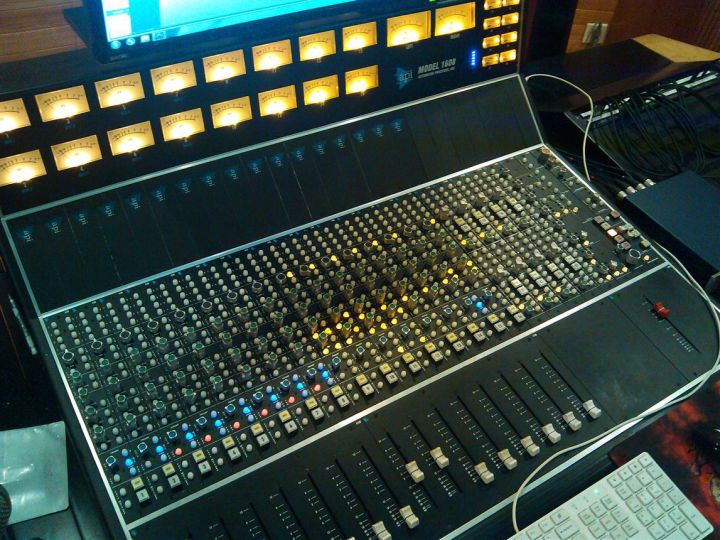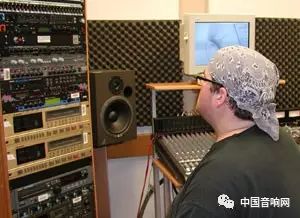Analog mixer, the ultimate sound quality sound solution, is also a combination of top quality sound and a large engineering interface. Owning one of the best analog mixers is the dream of every aspiring musician.
In this age of universal digital, does it still make sense to use an analog mixer?
The answer certainly makes sense. I have already told you about the meaning of the summing part in the last paragraph. In this part, I will talk about other modules.
You can first understand a few keywords: channel strip mic preamps, channel strip effects, bus compressors.
What is a channel strip mic preamp? Let’s take the classic Focusrite ISA 430 as an example, a small but comprehensive audio control unit. As we can see, it includes high-quality mic preamps, line preamps, filters, insert points, compressors, equalizers, VU meters… Almost all the tools needed for basic audio processing are integrated. With a retro interface, transparent sound, and intuitive and convenient control, such a channel strip sells for 20,000 yuan, which is expensive.
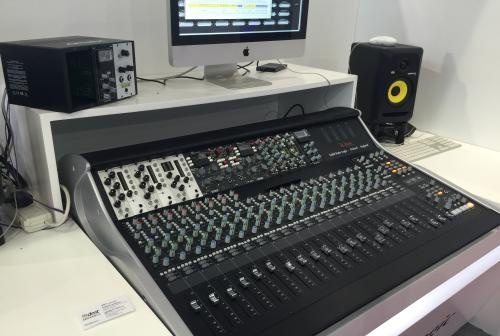
The input section of the mixer is made up of such a series of channel strips. Like the ISA 430, its prototype is the 72-channel super-large mixing console designed and manufactured by Focusrite in the 1980s. One channel strip is one channel. If you have such a whole mixer, think about it, all your operations can be done in real time on the mixer: grand engineering interface, intuitive and convenient controls, pure and lossless hardware sounds, huge dynamics, who would Don’t like it?

What about channel strip effects? It is nothing more than removing the mic preamp function, or limited by the cost, and only adding a channel strip with a simple mic preamp.

A bus compressor is another useful tool: as we mentioned in the summing box, if your bus level is too high, use a compressor or limiter to push it to an acceptable level, corresponding to the The tool is bus compression. Some bus compressors also have the effect of shaping and gluing the sound. The most classic representative is the famous SSL G comp, an essential tool for mixing.

Speaking of which, every part of an analog mixer is good, and this is a tough guy. So why are fewer and fewer people using it now?
The answer is obvious, the “good” sound that the people need is not what musicians and engineers perceive as “good”, but contains a lot of other elements (such as a good-looking face, tall stature, exaggerated performance, playing basketball, and beautiful clothes). , well written words…), as far as audio is concerned, it doesn’t actually need to be armed to such a high sound quality standard to work. Ordinary people can hardly distinguish between lossless audio and mp3, let alone such a high-level sound? The audio industry has a high threshold, and laymen can’t feel the door at all, and it is no different from being blind. You told him that the mixer made a soft, smooth and bouncy sound. Does he understand? No, he’ll just look blank and think you’re an idiot or fool him. In short, after staying in the audio industry for a long time, I can understand the mood of Bruno and Galileo very well. I believe that high-tech jobs have similar feelings.
Continuing to come back to the topic, high-quality analog mixers are quite expensive. Take the previous Focusrite as an example. One channel sells for 20,000. Then 72 channels plus summing, routing, control, etc. add up. How much? On the other hand, the commonly used digital mixer, a Yamaha recording production mixer, even the after-sales contract, costs less than 200,000. There are even cheaper, Tascam’s classic 3200, even if the computer and control table cost less than 50,000, it can produce works that meet the publishing standards (of course, only enough for publishing standards). We say that cost control is equal to earning. Under the premise of meeting the same demand, the analog mixer really has no advantages except for better sound. And cheap analog mixers, the sound quality has dropped significantly, almost can not be used for production, can only be used in low-demand sound reinforcement occasions.
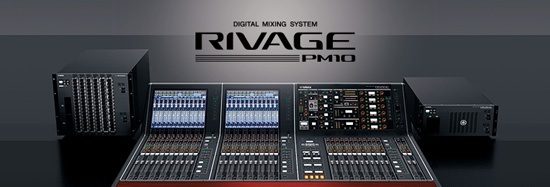
The good news is that in recent years, with the improvement of the people’s demand for sound quality, some people have begun to notice this problem, and the solution is also very simple: take the traditional large-scale analog mixing console as the idea, try to simplify the unit and simplify the function, Remove the unnecessary parts and keep the core elements. So there are some fairly modern small analog mixers, such as SSL XL-Desk, API The Box and so on. They are usually only a few to a dozen channels, the sound quality is greatly improved compared to pure DAW production, and the price is controlled between 100,000 and 200,000. Compared with traditional large-scale mixing consoles, this is completely affordable for small and medium-sized recording institutions, even individuals. As for digital mixing consoles, the current development direction is mainly sound reinforcement, and a few advanced models can be produced simultaneously. The size of the equipment is miniaturized, the expansion is modular, the control is highly convenient, and the price is gradually reduced. The specific content will be discussed in the next digital mixer.
